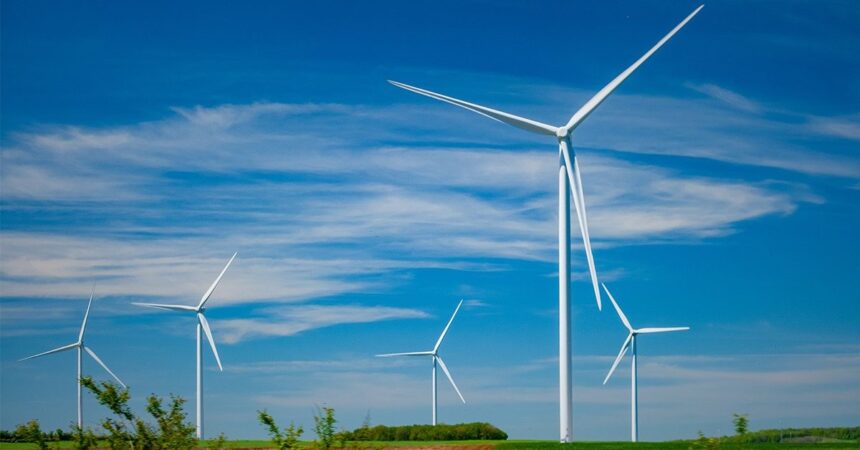Wind energy played a significant role in Europe’s electricity consumption in 2024, accounting for 20% of all electricity consumed in Europe and 19% in the EU. The EU has set ambitious goals to increase this share to 34% by 2030 and more than 50% by 2050. However, the EU faces challenges in achieving these targets due to several key issues.
One of the primary roadblocks to wind power growth in Europe is permitting delays. Many governments have not implemented the EU’s new permitting rules, making it difficult for projects to move forward. Additionally, grid connection bottlenecks are hindering the deployment of wind energy, with over 500 GW of potential capacity stuck in grid connection queues. Slow electrification of Europe’s economy is also a major concern, as the transition to renewable energy is dependent on increased electricity demand.
WindEurope CEO Giles Dickson emphasized the urgent need to address these three problems to unlock the full potential of wind energy and enhance energy competitiveness in Europe. Germany stands out as a positive example in permitting, having approved a record 15 GW of new onshore wind capacity in 2024 by embracing the EU’s permitting rules.
Grid connections pose a growing crisis for wind energy deployment, with insufficient infrastructure to support the demand for renewable energy. Governments need to accelerate grid expansion to meet renewable energy targets effectively. The slow progress in electrifying key sectors like transportation, heating, and industry is also impeding wind energy growth.
Despite governments awarding a record 37 GW of new wind capacity in 2024, challenges persist due to permitting delays, grid connection issues, and slow electrification. Investments in wind energy totaled €31 billion in 2024, with strong corporate interest in wind power through Power Purchase Agreements (PPAs).
To ensure a resilient energy future, it is crucial for Europe to address permitting delays, improve grid connections, and accelerate electrification efforts. By overcoming these challenges, Europe can achieve its wind energy goals and transition towards a more sustainable and competitive energy landscape.







